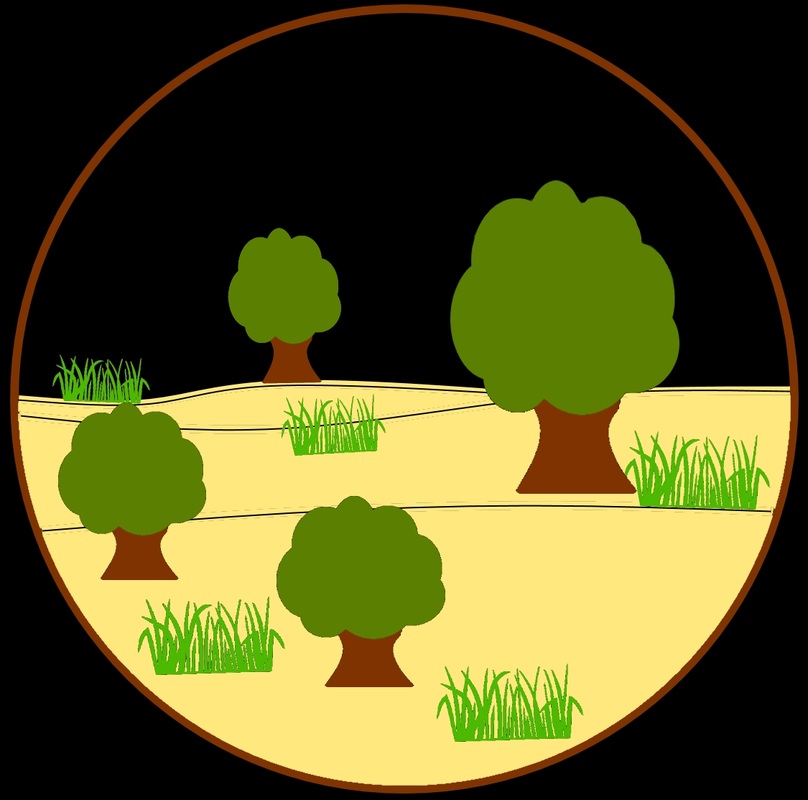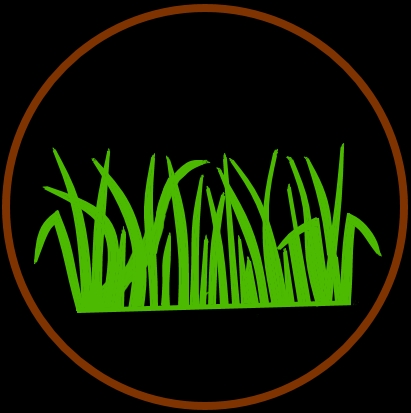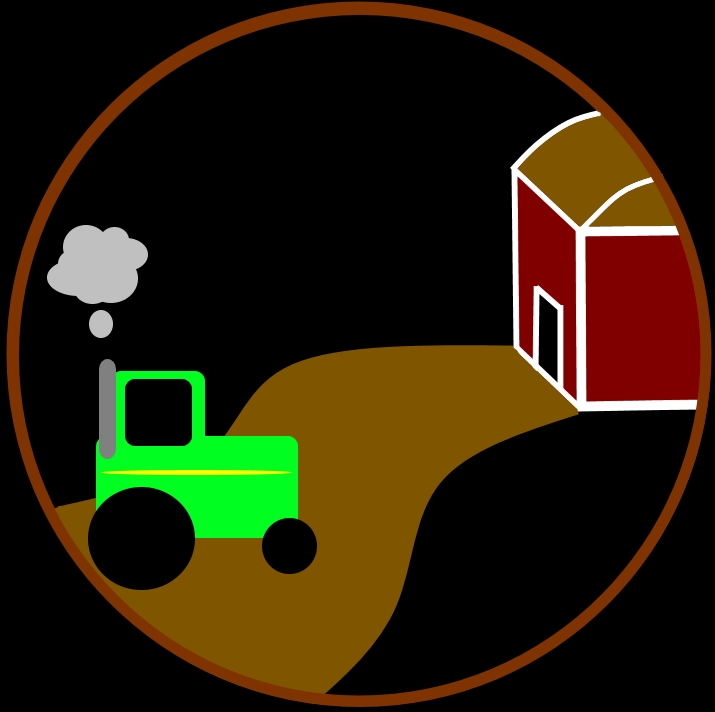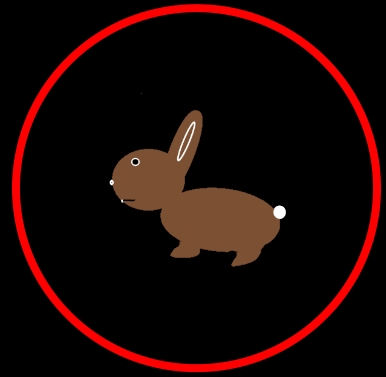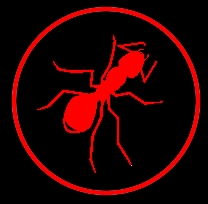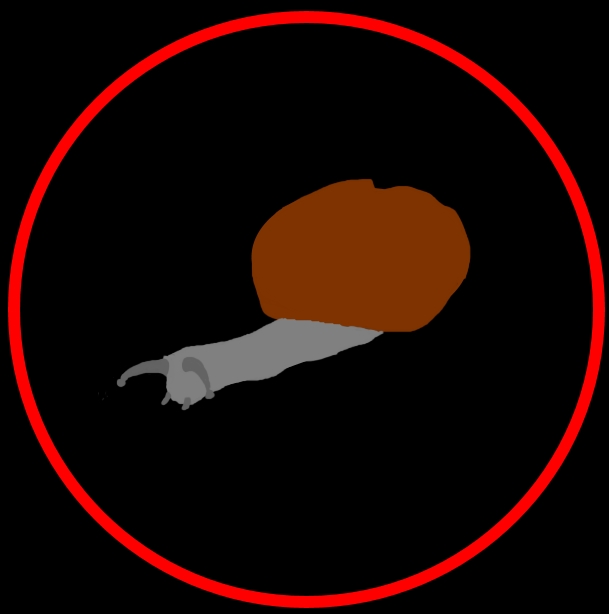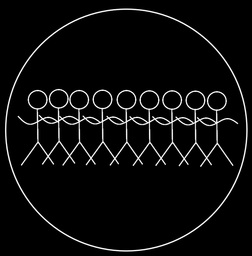European Badger
Meles meles
Where is it found?
|
Woodland
|
Scrubland
|
Grassland
|
Agricultural land
|
Diet and foraging method
Key adaptations
Badgers have large broad front paws, and long thick claws for digging in the mud to create large tunnels deep in the ground that they live in. Their black and white colouring allows them to blend into their environment for camouflage.
Social organisation and mating system
Live in large family groups centred around a communal setts.
Polygynous
Did you know that...?
The structure of the badgers skull makes it impossible for their jaw to dislocate, meaning they have one of the most powerful bites in the natural world.
Taxonomy
Picture credits:
Maps from: http://species.mol.org/species/
"Badger in the dark with reflecting eyes" by Chris. P - Flickr: Badger 25-07-09. Licensed under CC BY 2.0 via Wikimedia Commons - https://commons.wikimedia.org/wiki/File:Badger_in_the_dark_with_reflecting_eyes.jpg#/media/File:Badger_in_the_dark_with_reflecting_eyes.jpg
"Badger 25-07-09 closer" by Chris. P - Flickr: Badger 25-07-09. Licensed under CC BY 2.0 via Wikimedia Commons - https://commons.wikimedia.org/wiki/File:Badger_25-07-09_closer.jpg#/media/File:Badger_25-07-09_closer.jpg
"Badger in the dark with reflecting eyes" by Chris. P - Flickr: Badger 25-07-09. Licensed under CC BY 2.0 via Wikimedia Commons - https://commons.wikimedia.org/wiki/File:Badger_in_the_dark_with_reflecting_eyes.jpg#/media/File:Badger_in_the_dark_with_reflecting_eyes.jpg
"Badger 25-07-09 closer" by Chris. P - Flickr: Badger 25-07-09. Licensed under CC BY 2.0 via Wikimedia Commons - https://commons.wikimedia.org/wiki/File:Badger_25-07-09_closer.jpg#/media/File:Badger_25-07-09_closer.jpg


